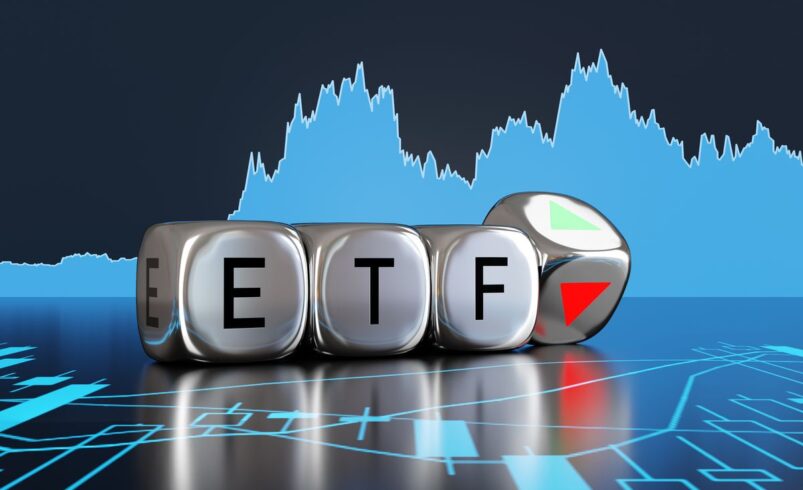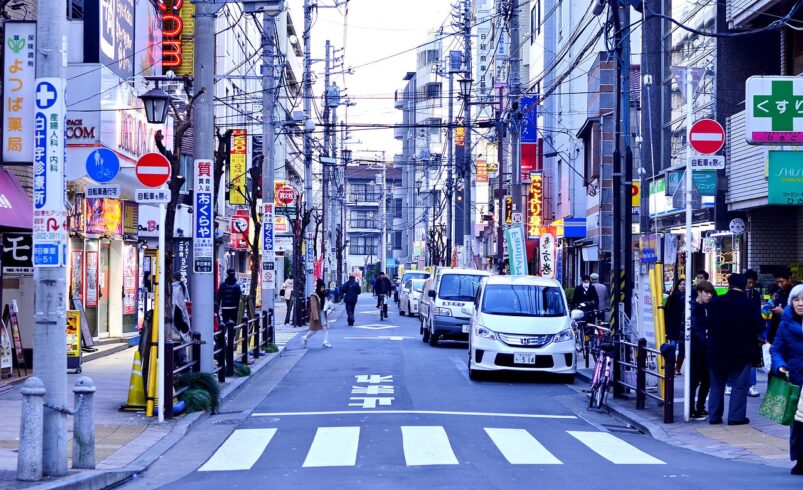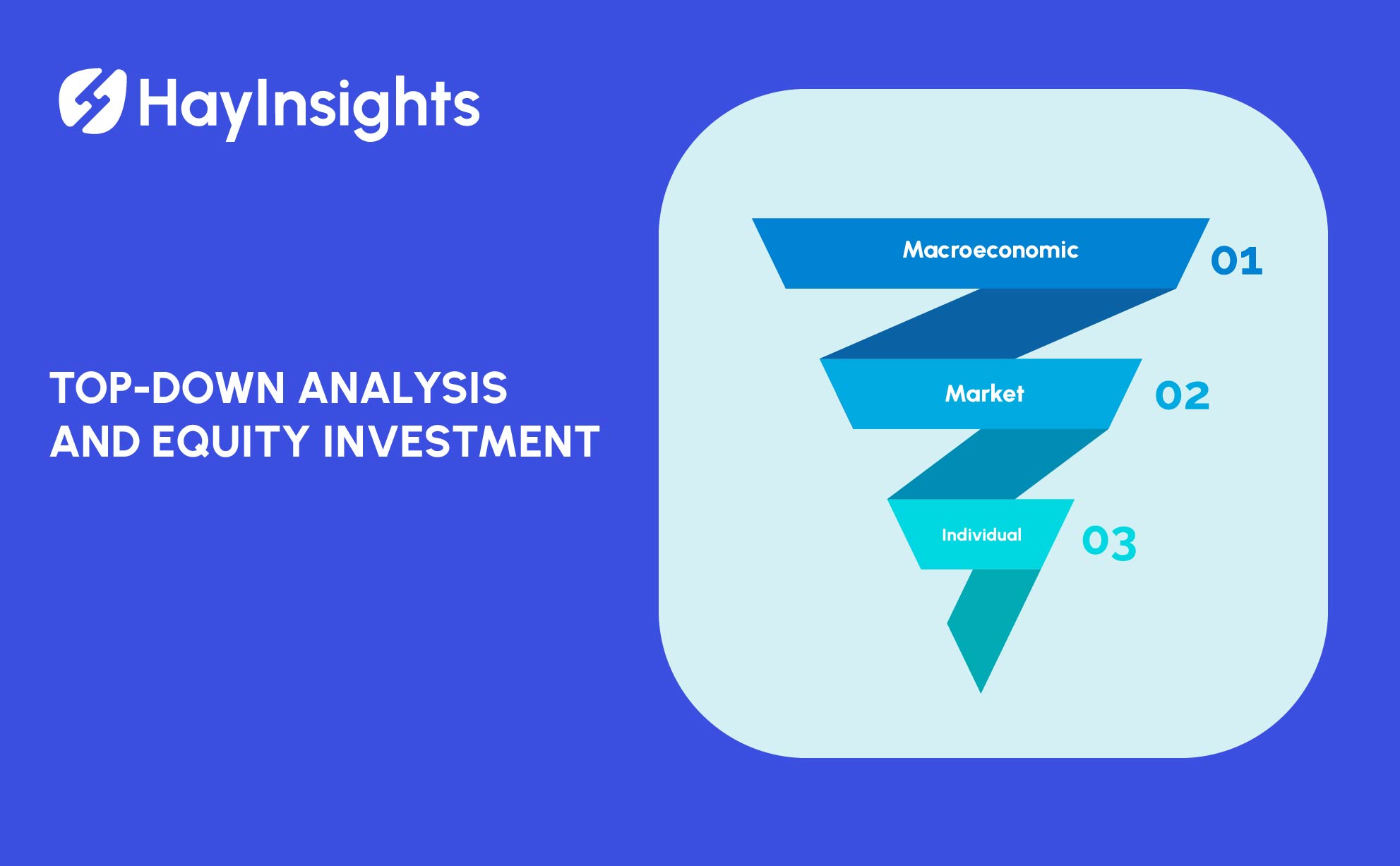
日本の年金基金:総合ガイド 2024
日本の年金基金制度は、高齢化社会を支え、退職者に経済的安定をもたらすために設計された、世界でも最大かつ最も複雑な制度の 1 つです。日本は労働力の減少や平均寿命の延長などの人口動態上の課題に直面しており、年金制度は国家にとって重要な課題となっています。この記事では、日本の年金制度の仕組み、その主要な構成要素、改革、課題、そして日本の年金基金の将来展望について検討します。
1. 日本の年金制度の概要
日本の年金制度は、国民が退職後に経済的支援を受けられるように設計された、国の社会福祉基盤の重要な構成要素です。この制度は、主に、国民皆保険制度を含む公的年金制度と、就労者を対象としたより具体的な厚生年金保険制度の 2 つの主要構成要素に分かれています。
日本の人口の高齢化は年金制度に大きな負担をかけています。2021年までに日本の人口の28%以上が65歳以上となり、高齢者の割合が世界的に最も高い国の一つとなりました。この人口動態の変化は年金基金の持続可能性に課題をもたらし、継続的な改革を必要としています。
2. 公的年金制度の概要
日本の公的年金制度は、 国民年金 (NP) と 厚生年金保険(EPI) いう2つの主要な柱で構成されています日本に居住するすべての人は、雇用状況に応じて、国民年金または厚生年金のいずれかを通じて年金制度に加入することが義務付けられています。
国民年金(NP)
国民年金は、自営業者、失業者、パートタイム労働者を含む、20歳から59歳までの日本在住者全員に基本的な保障を提供する国民皆年金制度です。すべての居住者は、毎月一定額を国民年金に支払う義務があります。2021年の保険料は月額約16,610円でした。
65 歳に達すると、資格のある参加者は拠出履歴に基づいて NP から給付金を受け取ることができます。ただし、NP は退職者の基本的な生活費を賄うために設計された控えめな支払いのみを提供します。
厚生年金保険(EPI)
厚生年金保険(EPI)は、企業に雇用されている個人のためのより包括的な制度です。雇用主と従業員の両方がこの基金に拠出します。NPとは異なり、EPIの給付は固定要因と所得関連要因の組み合わせに基づいており、高所得者ほど大きな給付を受けられます。
EPI への拠出金は従業員の給与の割合として計算され、現在の率は約 18.3% で、雇用主と従業員で均等に分割されます。
3. 日本の民間年金基金
公的年金制度に加え、多くの日本の労働者は、雇用主または個人の貯蓄プランを通じて提供される民間の年金制度の恩恵を受けています。民間の年金は公的制度を補完し、退職者が退職後に十分な収入を得られるよう保証する役割を果たしています。
企業年金
企業年金基金は、日本では大企業によって提供されるのが一般的です。企業年金には主に 2 つの種類があります。
- 確定給付型(DB)プランDB プランでは、雇用主は給与履歴や勤続年数などの要素に基づいて、退職時に特定の年金支払いを約束します。雇用主は、基金が義務を果たすのに十分な資金を持っていることを確認する責任があります。
- 確定拠出型年金(DC)DCプランでは、個人の年金口座に拠出金が支払われ、退職金はこれらの拠出金の運用実績によって決まります。個人が投資リスクを負いますが、投資オプションを選択する柔軟性が高まります。
4. 年金積立金管理運用独立行政法人(GPIF)の役割
. 年金積立金管理運用独立行政法人(GPIF) GPIFは世界最大の年金基金であり、2021年時点で1.5兆ドルを超える資産を運用しています。GPIFは国民年金と厚生年金保険の両方からの拠出金を投資し、年金制度の持続可能性を確保するために収益の最大化を目指しています。
GPIFは日本の年金制度において重要な役割を果たしており、国内外の株式、債券、オルタナティブ資産に投資している。また、年金制度の導入においても大きな進歩を遂げている。 ESG(環境・社会・ガバナンス) 投資戦略に基準を組み込み、責任ある持続可能な投資を促進します。
5. 年金拠出金と給付金の計算方法
日本の年金拠出金は、通常、個人の所得の一定割合で、政府が料率を設定します。厚生年金の場合、拠出金は雇用主と従業員で分担されます。国民年金の場合、拠出金は定額で固定され、毎年更新されます。
NP からの給付は比較的控えめで、固定額の支払いとなりますが、EPI の給付は個人の給与履歴と拠出期間に基づいて決定されます。通常、個人がシステムへの拠出期間が長いほど、年金の支払額は大きくなります。
6. 日本の年金基金が直面する課題
日本の年金制度はいくつかの課題に直面しているが、その多くは人口動態に起因している。
高齢化社会
日本では人口の高齢化が急速に進んでおり、年金を受け取る退職者が増え、年金制度に拠出する現役世代の人口が減少している。このため年金基金に大きな負担がかかり、持続可能性が大きな懸念事項となっている。
出生率の低下
日本の出生率は数十年にわたって低下し続けており、年金制度の問題をさらに悪化させている。労働力の減少は年金基金への拠出金の減少を意味し、一方で受給者数は増加し続けている。
経済的圧力と持続可能性
日本の年金制度は、低金利や経済停滞などの経済的圧力にもさらされています。これらの要因により年金基金の投資額の伸びが制限され、将来の義務を果たすことが困難になっています。
7. 日本の年金制度における主な改革
持続可能性の課題に対処するため、日本政府は年金制度にいくつかの改革を導入しました。
- 退職年齢の引き上げ日本は徐々に退職年齢を引き上げており、労働者がより長く働き続け、年金給付の請求を遅らせることを奨励している。
- 寄付の増加政府はまた、年金基金が十分な資金を確保できるよう、雇用者と従業員の両方の拠出率を引き上げました。
- 民間貯蓄の促進確定拠出年金などの私的年金制度の推進は、公的年金制度の負担軽減に役立っています。
8. ESGと年金基金投資
日本は、特にGPIFを通じて 社会、ガバナンス(ESG) 基準を年金基金投資に組み込むことに大きく前進しました。年金基金は、ESG慣行が強い企業への投資を優先することで、持続可能性を促進するだけでなく、環境および社会問題に関連する長期的な財務リスクを軽減しています。
9. 年金制度は長寿リスクにどのように対処するか
日本では平均寿命が伸び続けているため、年金制度では長生きリスクに対処するための措置が導入されています。これには、年金支給開始を遅らせて高額の給付を受けられる繰り延べ制度が含まれます。さらに、日本では高齢者がより長く働き続けることを奨励しており、年金制度への負担を軽減しています。
10. 日本の年金制度と他国の比較
日本の年金制度は、公的年金制度と私的年金制度の両方に依存している点で、ドイツやスウェーデンなどの他の先進国と類似している。しかし、日本の人口動態上の課題により、日本の年金制度は独特なものとなっており、改革はこれらの問題に対処することを目的に行われることが多い。
11. 日本の年金基金の将来
日本の年金基金の将来は、継続的な改革と、高齢化と持続可能な投資のバランスをとる能力にかかっています。ESG投資を優先し、民間の年金貯蓄を奨励することで、日本は今後数年間、年金制度の存続可能性を維持することができます。
12. 結論:日本の年金基金の将来を確保する
日本の年金基金制度は、国の社会福祉インフラの最も重要な構成要素の 1 つです。人口の高齢化と経済的圧力という大きな課題に直面しているにもかかわらず、GPIF が実施しているような継続的な改革と持続可能な投資戦略は、日本の年金制度の将来を確保するのに役立っています。退職者の経済的安全を確保するには、公的年金制度と私的年金制度のバランスの取れたアプローチ、政府改革、および ESG 投資原則への重点が重要です。













